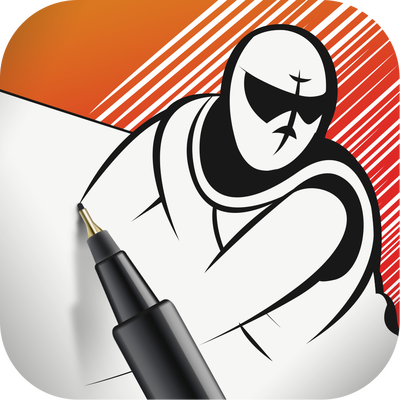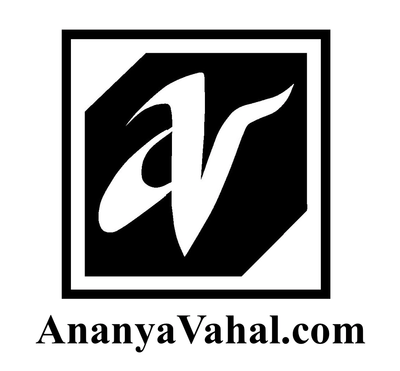|
We had the pleasure and privilege to participate in the annual Career Day held at the Marietta Center for Advanced Academics (MCAA). Ananya & I along with other parents set up a booth and shared insights about our careers. Students from third to fifth grade came by and asked us about our jobs and the nature of our career. The older students even dressed to impressed and brought their resumes and samples of their art to share. It was an impressive experience. The parents and other participants had their own presentations as well. Some were in their uniforms and were performing demonstrations of their specialties and were giving away goodies of the students to take with them. Prime Vice Studios #PVSketch Challenge We had stickers featuring our original characters and encouraged students to participate in our #PVSketch challenge. Many students were thrilled to show off their drawing talents: It was amazing to see the eagerness of the students. They genuinely had an avid interest in their futures, diverse interests and hobbies, and were open-minded to expanding their possibilities through the development of their natural talents. Some students had a love and passion for art writing and drawing. Speaking with Ananya and I broadened their horizons and infused them with a new confidence. The excitement in seeing them participate in our sketch challenge was precious.
It’s not common to see artists at this career day, but it was definitely popular! We hope to continue our work as arts integrators for educational purposes. I believe it is incredibly important to incorporate arts as a major component of education. It is an incredible outlet and platform for the development of critical thinking skills, problem solving skills, making individuals well rounded and better citizens. Thank you once again to the MCAA for hosting us. Peace, Carlos “Loso” Perez, MFA About Marietta Center for Advanced Academics (MCAA) MCAA is an amazing establishment:
Their mission is to provide students an advanced academic experience with an emphasis on science, technology, engineering, the arts, and mathematics (STEAM). The school honors this mission with the vision to be the leader in STEM education, preparing and inspiring 21st century students to meet the challenges of our global society through innovation, collaboration, critical and creative thinking. To learn more about The Marietta Center for Advanced Academics: https://www.marietta-city.org/Page/23 https://www.facebook.com/Marietta-Center-for-Advanced-Academics-1455391408098839/
0 Comments
On November 11, 2017 I was invited to teach how to teach how to make comic book pages using the Comic Draw App. This event was held at General Assembly, an educational center that specializes teaching in-demand skills. I had the privilege to share my expertise with attendees from all over Atlanta. It was a good time with a host of talent in the room so of course we had to bust out the #pvsketch challenge. Checkout the pics below, find new artists to follow and go ahead and download Comic Draw App for yourself FREE. Photos owned by Adobe User Group & DeltaTangoMike #PVSketch DrawingsClick here for more #PVSketch drawings. Prime Vice Studios is available for teaching engagements. Book us for your next event and invite the joy of comic creation to your function. 😎
Peace, Loso Perez @prime_vice
Prime Vice Studios hosted three 1 hour Fresh Voices Comic Creation Workshops at the AMFM Summer Festival. August 8-10 at The Bakery ATL’s Hangar. The Art on the Atlanta BeltLine program initiative is sponsored this event. It was free to the public and all ages were welcome. We used our signature Fresh Voices Comic Creation workbooks for this event. All attendees received a copy to work in and take home. 
Here are the live stream videos of our workshops on each day.
Day OneDay TwoDay Three
The Atlanta BeltLine is the most comprehensive transportation and economic development effort ever undertaken in the City of Atlanta and among the largest, most wide-ranging urban redevelopment programs currently underway in the United States.
beltline.org 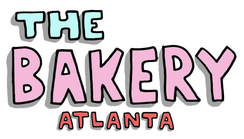
The Bakery Atlanta is a multi-faceted arts complex with a focus on community engagement, environment, education, and new technology. We offer private studios, community and workshop space, a conference room, a multi-use gallery and several venues as well as outdoor event space.
thebakeryatlanta.com Prime Vice Studios will be at the AMFM Summer Festival August 8-9 teaching workshops from 2-3pm at The Bakery ATL’s Hangar. The Art on the Atlanta BeltLine program initiative is sponsoring this event. It is free to the public and all ages are welcome. We will be using our signature Fresh Voices Comic Creation workbooks for this event. All attendees will receive a copy to work in and take home. Come early though seats are limited to 20 attendees only per day. Check out below for more information on The Atlanta BeltLine, the AMFM Festival & The Bakery ATL Artspace. AMFM Summer Fest ScheduleBeginning August 8, 2018, Art on the Atlanta BeltLine will present the Art.Movement.Film.Music (AMFM) Summer Fest on the Westside Trail in Atlanta. As part of the 2018 Art on the Atlanta BeltLine exhibition festivities, AMFM will include exhibitions, pop-ups, musical acts, a speaker series, food trucks, and much more. Co-hosted by The Bakery, The National Black Arts Festival’s NextGen Artist Program, and ARTlanta Gallery, the festival will take place on the Westside Trail near the Allene Avenue trailhead. the detailed schedule for: Wednesday, August 8:
Thursday, August 9:
Friday, August 10:
Link to Facebook invite for our workshops: https://www.facebook.com/pg/PrimeVice/events/?ref=page_internal Link to the Atlanta BeltLine website & schedule: https://art.beltline.org/schedule/
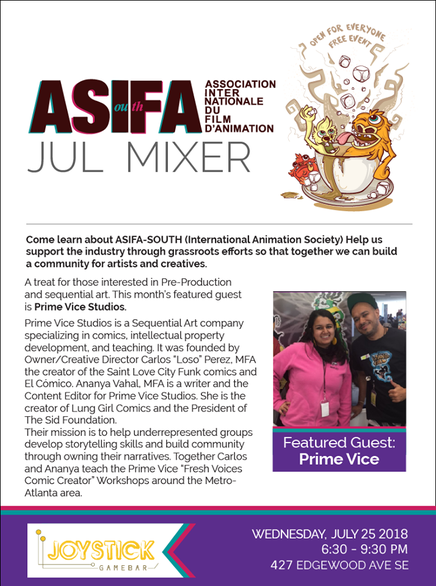 The Association International Due Film D’ Animation (ASIFA) invited us to be special guests for their month mixer at the JoyStick GameBar. A cozy hip space for drinks, games and good times. ASIFA was started in France in 1960 as a membership animation organization for artists, and now has over 50 chapters around the world. ASIFA-Atlanta (ASIFA South) started in 1995 and is the only chapter in the South. They offer animation screenings and educational programs year-round. On July 25, 2018 we did a special presentation talking about who we are and what we do. It was a great chance to create new connections and continue to build our talented community. It was a great turnout and we had a good time. The attendees of various backgrounds and expertise were curious of the type of work we do and were inspired by the activities that we have participated including working with non-profit organizations, creating original content & characters, starting social media movements, and doing positive work getting involved in community development. Photo Credit: Rachael Camille #PVSKETCH challengeThis mixer also provided an excellent #PVSketch Challenge opportunity. Everyone busted out their pens & pencils to scribble down something cool. Checkout the featured artists and follow them on social media: Lauren Anderson @laurenimator12 #lucio Darius Scott Hill @burntmoth19 #burntmoth19 Dhimanth Rao @dhimaximus Jennifer Cruz www.Jennifer Cruz.net Stephanie Sutton @stephroou Gaby 🐸 @yarpdarp #thicc Carla Ginsberg-Latimer @carlsberg_the_Human #mermaidgoals Piya Pawha Piya Pawha.net #catface Thurman @The.good.kidd #The.good.kidd Geoff Ross @Grossgarrett #hashtagpoundsigncomic We look forward to continuing to build with like minded people and organizations. ASIFA South is definitely a friend to PVS. Special thanks to Piya Pawha, ASIFA-South’s events coordinator for the invite and JoyStick GameBar for hosting everyone.
Peace, Loso Perez, MFA To contact ASIFA-South: www.asifa-south.com [email protected] PS. If you or your organization would like to connect with Prime Vice Studios on a collaboration or bring us in to for your special event. Please reach out to us by clicking through the button below.
This year PVS participated and played an integral role in the Sewell Mill Library & Cultural Center’s inaugural Mini Con. An event to celebrate comic culture in the Cobb County community. In attendance there was over 1200 people for the event that took place on July 21, 2018 from 1-6 pm. The event garnered attention from the local press East Cobb news and featured a plethora of festivities including workshops, panels, musical performances, cosplay contest, gaming and of course food. 
We hosted a diversity in comics panel similar to the one we did at Momo Con except we had some different guests. Regardless industry insights and experience was shared.
Featured panelists: Jorge Santiago Jr. Robert K Jeffrey Kelsi Jackson Ananya Vahal Diversity in Comics Panel
We also gave one of our signature Fresh Voices Comic Creation Workshops. With support from The Pollination Project this workshop was free to the community. Advanced Picture Studios was kind enough to help us put together this highlight real from the workshop.
Character Design Workshop#PVSketch Challenge
And what would a convention be without our ongoing #pvskech challenge? Some eager youngsters and talented vendors blessed us with these drawing sheets.
Special thanks to Fred Andrews IV @artofwarstudios & Belle Dragon of @catdragoncomics!
This was the first time we helped organize such a big event. We hope to do more of this type of work. It really grows the community and brings a diverse fun bunch of people.
I was happy to see my colleagues come out, attendees from our workshops, and of course family and friends. It was fun, creative and vigorous atmosphere that was all ages and family friendly. I look forward to doing more and bringing even more people together around the world. Peace, Loso Perez
On July 14, 2018 Prime Vice Studios hosted their third Fresh Voices Comic Creation Workshop sponsored by The Pollination Project. Below you will see the video from this event.
|
Archives
November 2023
Categories
All
|

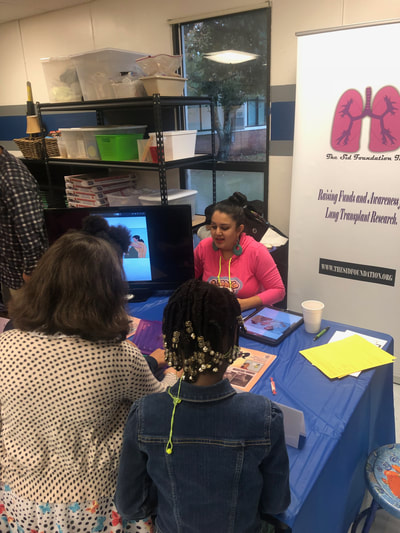
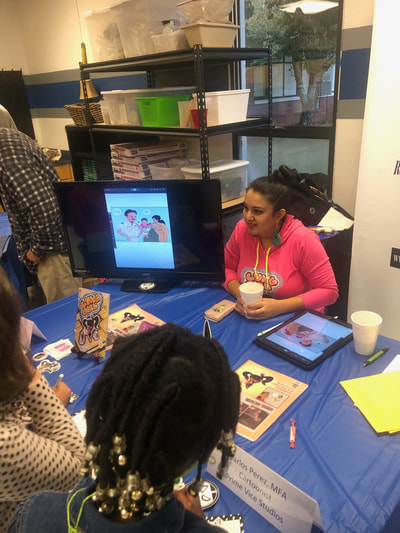


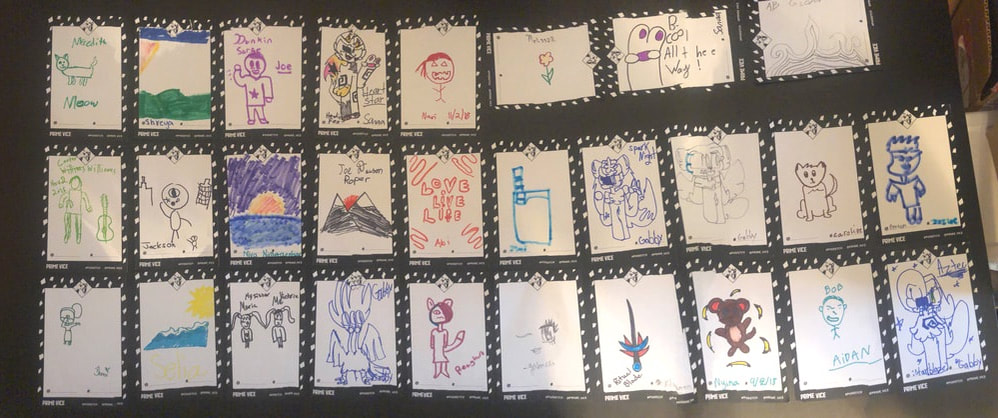



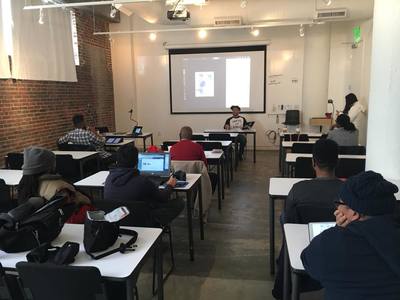



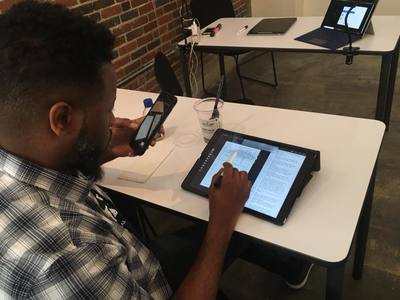
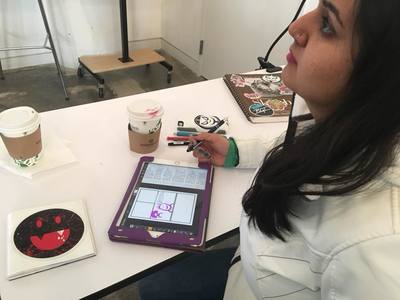
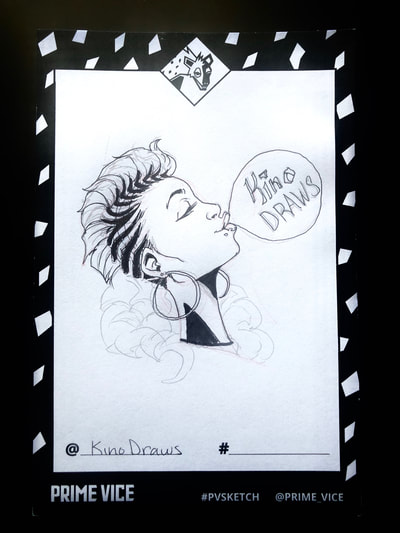
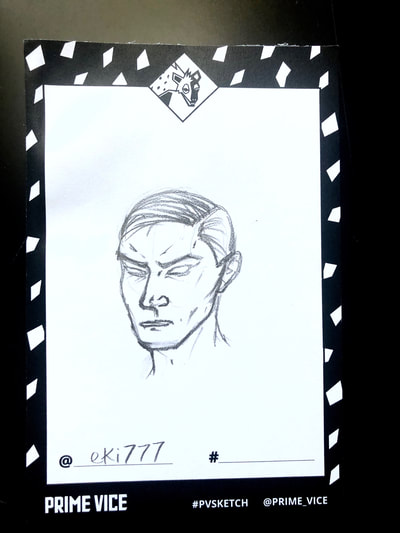


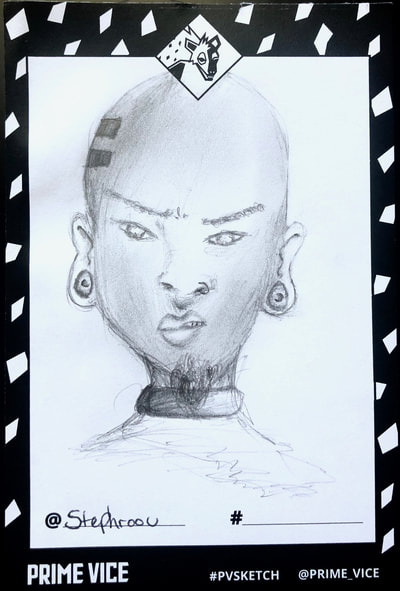








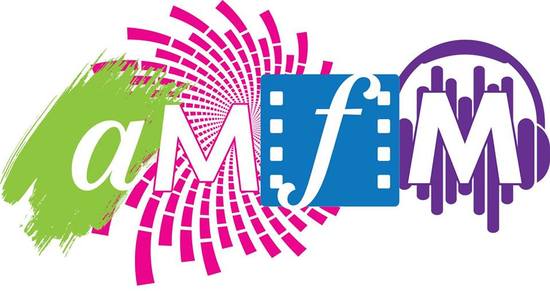



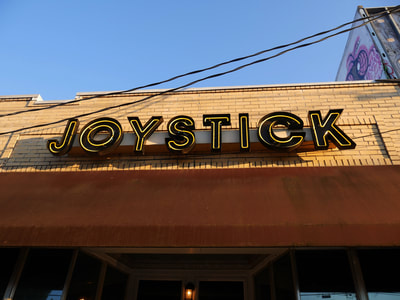





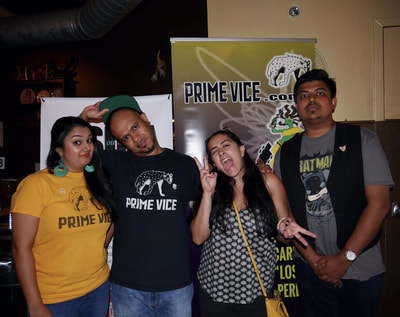



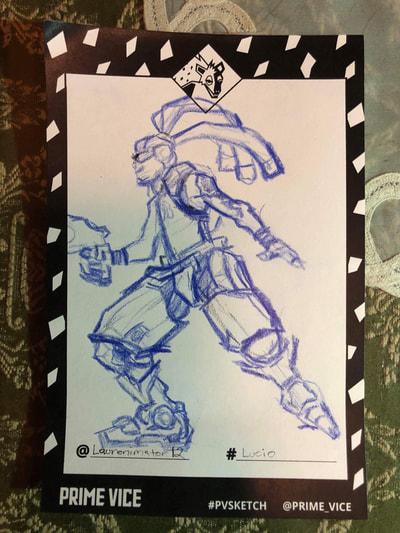
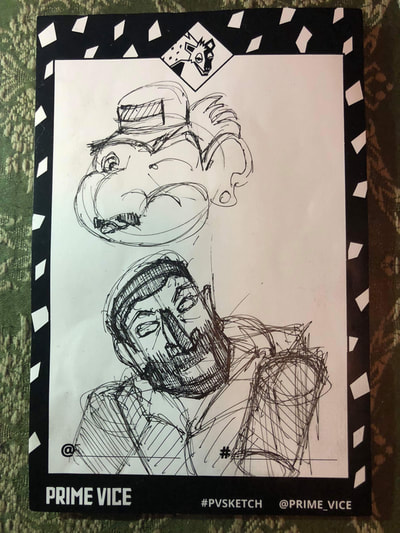

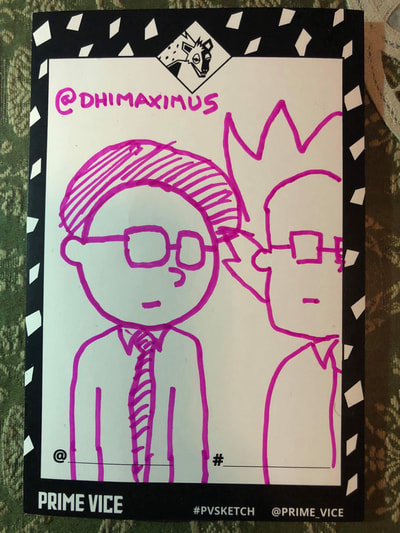



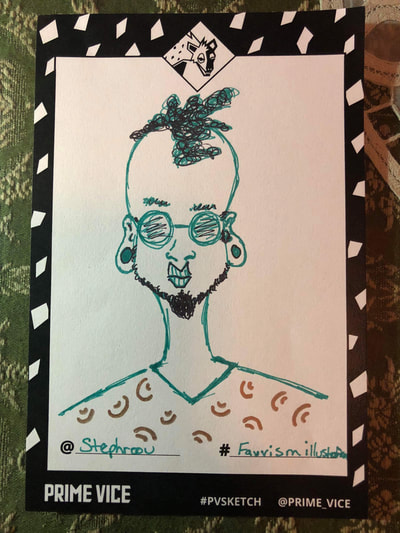

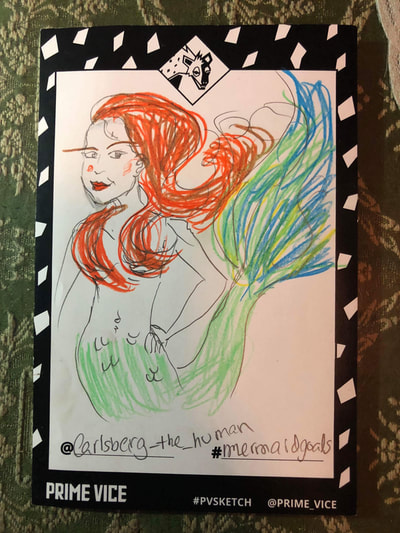
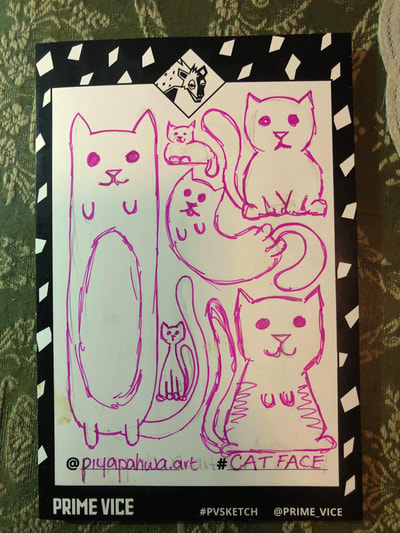




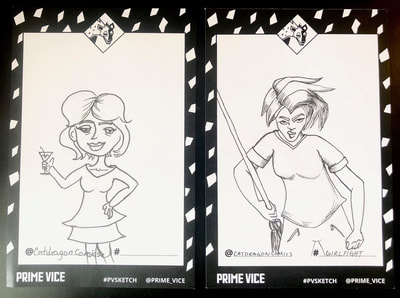



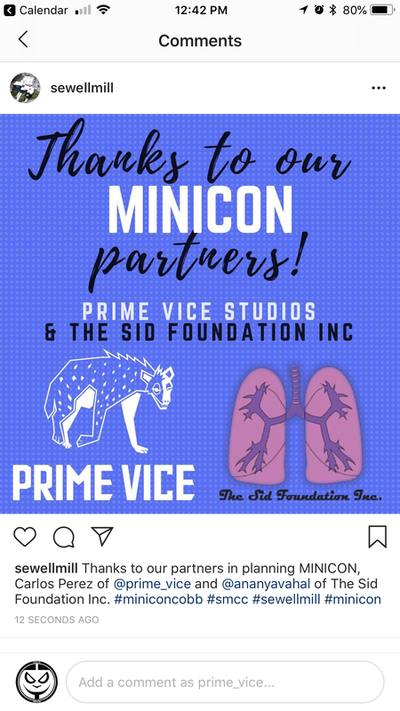

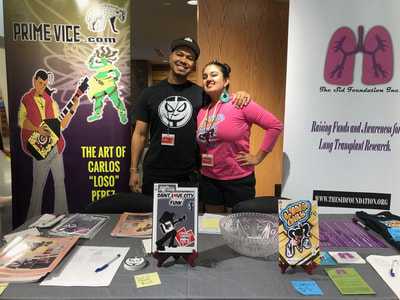


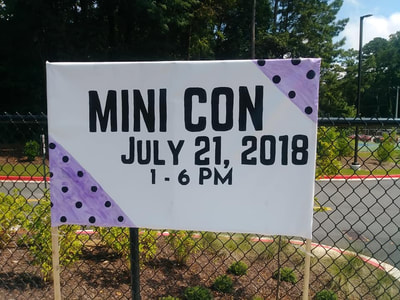
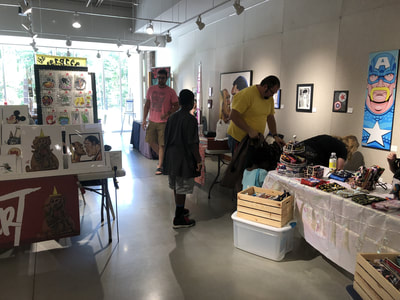

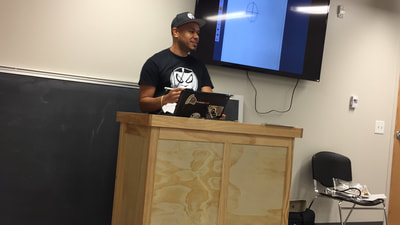




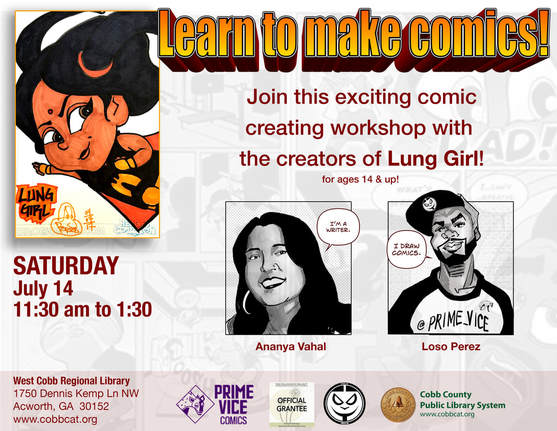
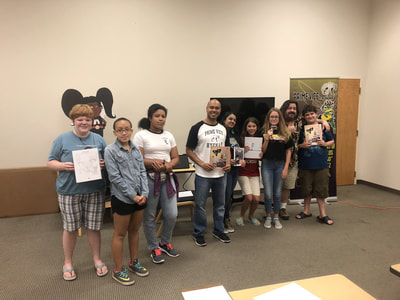

 RSS Feed
RSS Feed
